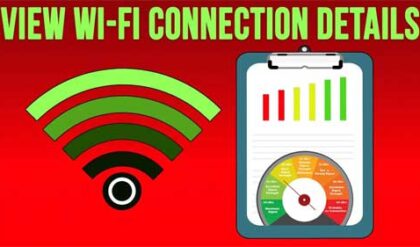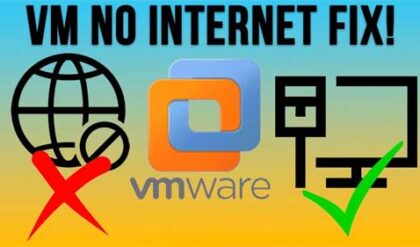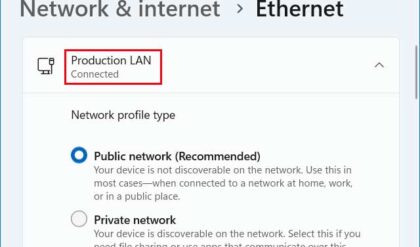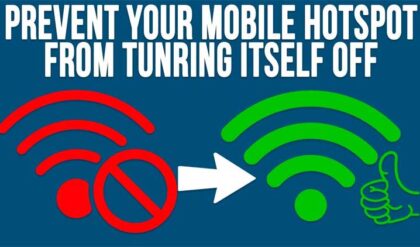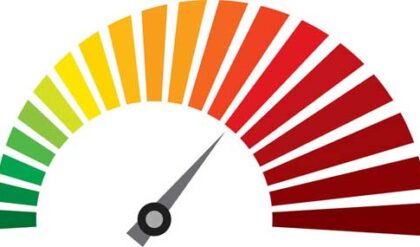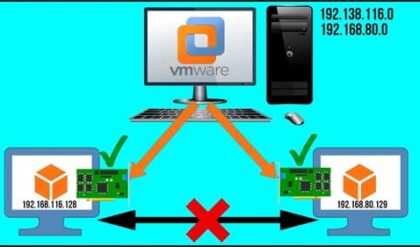In today’s global economy, continuous and reliable access to company information is of the utmost importance. Not being able to access data on your servers quickly enough, or at all, is a serious problem. In fact, it could mean the difference between being able to take advantage of business opportunities or not. Therefore, how a company chooses to connect to the Internet is critical. With so many options for Internet access these days, it can be overwhelming and difficult to navigate.
The two most common types of Internet access are DSL and cable. These are most commonly used to connect residences to the Internet.
DSL, or digital subscriber line, connects consumers to the Internet through the existing telephone network. Data is transferred via DSL using the high frequencies of a telephone line, while regular voice communications continue uninterrupted on the lower frequencies. The most commonly installed DSL option is ADSL (Asymmetric Digital Subscriber Line), which means that the data download speed is higher than the data upload speed. A typical ADSL line allows for download speeds up to 7.1Mbps, depending on the conditions of the phone line, the technology used, and the congestion on the line. Upload speeds of these lines are usually only a fraction of the download speed, around 1Mbps. Other versions of DSL, like Symmetric DSL (SDSL) and ISDN DSL (IDSL), are more expensive and slower, but can provide a more reliable connection speed or reach further than the ADSL option.

Cable Internet connects through the cable television infrastructure, and is more widely available than DSL. This requires you to be relatively close to a phone company’s central office. Data transfers over cable lines similar to DSL. Download speeds for consumers can reach 50Mbps or more, but this number (like DSL) can vary depending on traffic from others who share the line. Upload speeds reach up to 5Mbpskbit/s.
While cable Internet can be used by businesses, its asymmetrical data transfer speeds have led many to choose the high-speed telephone connections, T1 or T3. Both T1 and T3 lines provide users with symmetrical data transfer speeds. This is important to businesses, because they have to transfer large amounts of data to and from their offices each day.
T1 connections operate at 1.5 Mbps for both downloading and uploading. There are no caps placed on either speed. Operating at full capacity can accommodate up to 24 users working at 64Kbps. This option is more expensive than DSL or cable, because a fiber optic line is brought into your office, rather than using the pair of copper wires that a normal phone line provides. Though a bit more expensive, these fiber optic lines are more reliable than DSL and cable. T1 lines transfer data over a digital signal, as opposed to DSL and cable which use analog signals.
T3 lines carry multiple T1 lines multiplexed, so they can operate 28 times faster than just one T1 line. Thus, they allow for transfer speeds up to 44.6 Mbps. Operating at full capacity, T3 lines can host multiple high-traffic websites or support high-volume businesses.
Once these options are understood, a company can easily see why a T1 or T3 connection is recommended. Yes, they are more expensive, but they are also significantly faster and more reliable than DSL or cable. Depending on a company’s size, a single T1 may not suffice. Alternatively, a T3 may prove to be out of the designated price range. In this case, a company could look at using multiple T1s; in fact, up to eight T1s can be bundled into a single homogenous connection. This is a lower-cost alternative to a T3, but can still provide high capacity and speed. T3 connections are recommended for medium to large sized businesses with high-bandwidth capacity.
“Ann Haysworth’s current blogging specialty of choice is on Colocation Pricing, Data Centers, and Disaster Recovery news, events, and reviews.

